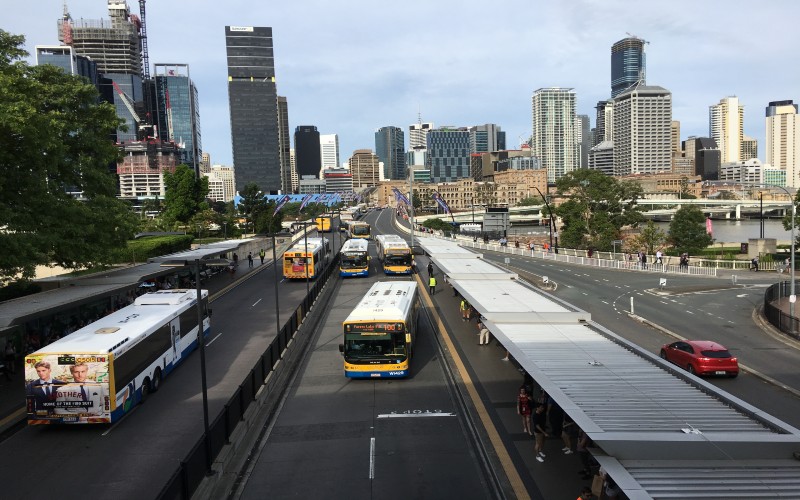
National rental vacancy rates increased marginally in June, up 0.02% month-on-month to sit at 1.45%, according to PropTrack Market Insight.
Over the quarter to June, national vacancy rates rose 0.14% but still remain extremely tight, down 0.19% annually and almost half (0.45%) pre-pandemic levels.
At a capital city level, Canberra has the highest rental vacancy rate of 2.10%, followed by Hobart (1.87%) and Sydney (1.73%).
Melbourne's rental market has stabilised over the past few months with vacancy rates hovering at 1.40%.
Adelaide and Perth have the tightest rental market conditions, with vacancy rates of 0.94% and 1.02% respectively.
But Brisbane is the only capital city still showing worsening rental market conditions, with vacancy rates dropping over the past month and quarter. In June, vacancy rates fell 0.08% to 1.12%.
"Slowing rental demand has resulted in more rental properties being available for lease," PropTrack Senior Economist and report author Paul Ryan said.
"But despite the improvements, rental vacancy rates remain low - around half the levels seen before the pandemic - and demand is easing, but still strong.
"It remains difficult to find a rental across the country and we expect rents to continue to grow quickly, placing additional financial pressure on renters."
It comes after research by CoreLogic found an uptick in property listings from investors.
As of May, total new listings added to the market were -20% below the previous decade monthly average across Australia.
The research found the number of investor listings on the market in May shot up in inner city areas, traditionally hotspots for investors.
Listings from property investors was the highest in inner Sydney, where the decade average of new listings coming onto the market from investors is 38%. In May, listings surged to 57%.
Queensland under greatest rental pressure
A recent analysis of the rental market by Suburbtrends found that Queensland is experiencing the greatest rental pressure, followed by South Australia and New South Wales.
The Rental Pain Index, which measures the financial strain of renting based on factors including percentage of advertised rentals, vacancy rates, average 12-month rental increase, and average rent as a percentage of income, found that QLD leads the pack in rental pain with a score of 83.69%.
The state also boasts the largest average 12-month rental increase at 16.33%.
"The significant increase in rental prices over the past year in QLD is a clear contributor to the heightened pain felt by residents," said Suburbtrends founder Kent Lardner.
"Similar trends are observed in SA and WA, where rental prices have risen by approximately 15.95% and 15.37% respectively."
In terms of rental affordability, measured as average rent as a percentage of income, QLD renters are putting 37.2% of their income towards rent, followed by NSW (35.9%), and SA (34.9%).
Image by Jeff Muir on Unsplash
